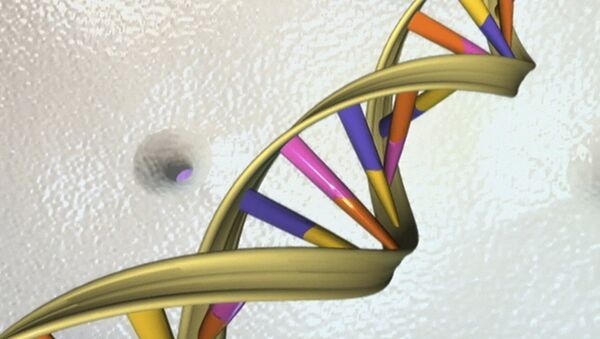Scientists have reported decoding the axolotl genome — a creature that is an exotic-looking Mexican salamander known for its unique and stunning ability to regrow new limbs, complete with bones, nerves, everything needed. Most species, by comparison, would be happy if a wound at least heals and gets covered with a layer of unsightly scar tissue.
Now, a group of scientists from the DFG-Center for Regenerative Therapies Dresden at the TU Dresden; and the Max Planck Institute of Molecular Cell Biology and Genetics (MPI-CBG); led by Elly Tanaka, from Institute of Molecular Pathology (IMP) in Vienna, have brought the technology one step closer.
The team reportedly decoded the entire genome of this unique amphibia. According to the scientists, the axolotl enjoys one of the longest genomes in known biology and cert ainly the longest genome to be decoded yet: consisting of 32 billion base pairs, more than ten times larger than the human genome a about 3 billion. What makes it worse, however, is that there are lots of repetitive sequences that make the genome assembly process difficult.
#oneplateau @sofiabiologista Secrets of the mexican axolotl Scientists have decoded its genome of the axolotl has 32 billion base pairs which makes it 10 times size of human genome + largest genome ever sequenced https://t.co/aAJt1oniBM #axolotl #biology pic.twitter.com/Iwkq6OvUiR
— Hope Island 1Plateau (@HopeIsland3) 5 февраля 2018 г.
What finally enabled the decoding of the genome was the PacBio-platform — a sequencing technology that produces long reads to span large repetitive regions — deployed at the Dresden Concept Genome Center, a joint operation between the MPI-CBG and the TU Dresden, Phys.org reported. A total of 72,435,954 reads were sequenced, and specialized software systems, developed expressly for the task by Gene Myers (MPI-CBG) and Siegfried Schloissnig with his team in Heidelberg Institute for Theoretical Studies (HITS), were implemented to reassemble the genome from those millions of pieces.
So far the scientists have identified several features unique to the axolotl.
"Researchers found that several genes that only exist in axolotl and other amphibian species are expressed in regenerating limb tissue," Phys.org reported. "Most strikingly, an essential developmental gene named PAX3 is completely missing from the genome, and its functions have been taken over by another gene termed PAX7. Both genes play key roles in muscle and neural development."
The axolotl genome requires further research. The whole sequence has been published online for scientists to study, as a means to distribute data publicly to bring humanity closer to growing new appendages.
"We now have the map in our hands to investigate how complicated structures such as legs can be regrown," said Sergej Nowoshilow, co-author of the study and a postdoctoral fellow at the IMP.
"This is a turning point for the community of scientists working with axolotl, a real milestone in a research adventure that started more than 150 years ago."


